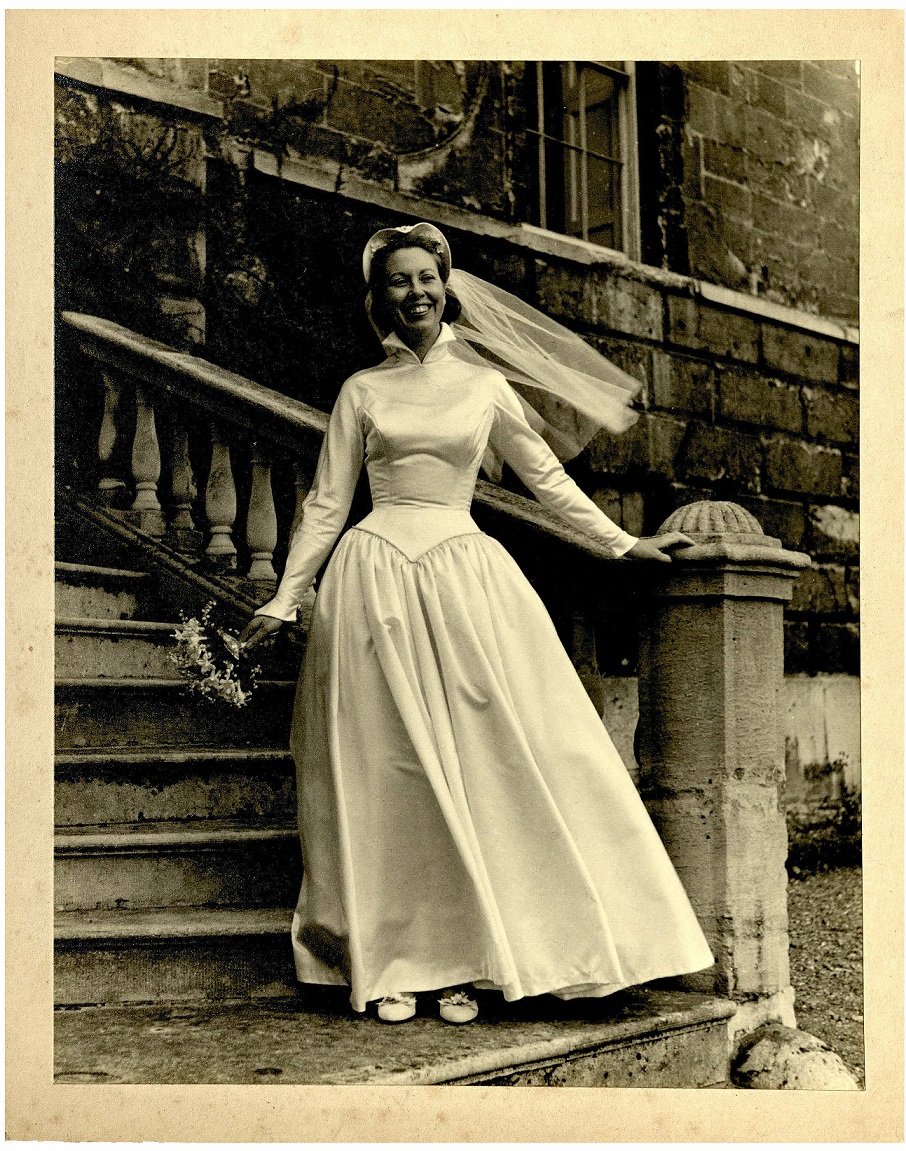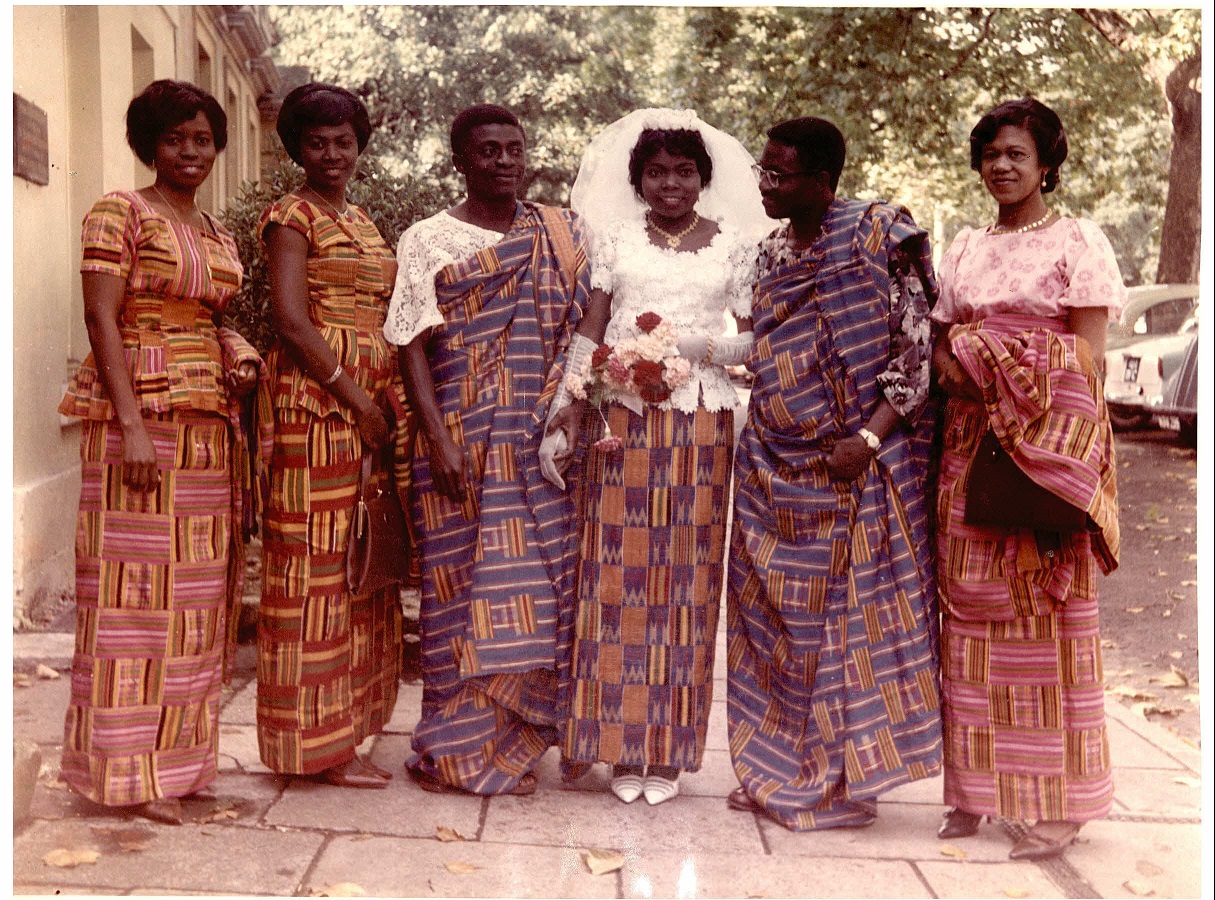In honour of World Photography Day, on 19 August, the University Archives blog looks at some of the photographs that we hold here and how the University used photography to record its people and its activities, and to present itself to the outside world.
Photographs are so commonplace today that it’s easy to forget that for many decades the taking of photographs was a much less frequent event. It often surprises users of the University Archives how few photographs we hold. But for many years, the University did not have its own photographic studio or photographers and so any photographs that were taken were done by outside firms at considerable expense. Photography was, as a result, used sparingly by the University, reserved for special occasions only, and did not form part of its day to day activities until the late 20th century.
The University took very few photographs of its students, for example. Where these were taken and where they have survived, they tend to be found in college archives rather than in the central University’s records. Colleges had a different, much closer, relationship with their students than the University, and their photographs span both formal teaching and informal social activities.
But despite the paucity of photographic material in the Archives, it is possible to identify trends and themes in the University’s relationship with photography. The examples below highlight just a few of these.
Photographs as gifts
Something of which we have a few examples of here is the commemorative album of photographs. From the late 1800s to the mid 20th century, there appears to have been a custom of presenting a very senior or long-standing member of staff on their retirement with an album of portrait photographs of their colleagues. It shows the precious and special nature of photographs in more distant decades.
One such case from a relatively early date is the gift given to Henry Stephens, University Marshal and Bellman, who retired in 1913, having been in post since 1888. In 1914, his colleagues (former and past) put together a beautifully-inscribed album comprising portrait photographs of every single one of the many University Proctors with whom he had worked over that period.

Title page of the commemorative album of photographs presented to Henry Stephens, Marshal and Bellman in 1914 (OUA/PR/1/25/1)
Stephens worked with fifty Proctors during his 25-year career. Each academic year saw the admission of two new Proctors (Senior and Junior) and each page of the album contains, in a variety of styles, their photographic portraits.

Photographs of the Proctors of 1888-89 from the album presented to Henry Stephens in 1914 (OUA/PR/1/25/1)
It must have been an expensive and time-consuming gift to create. At what point it was returned to the University by Henry Stephens or his family, we don’t know, but it made its way back to the Proctors’ Office and was transferred to the Archives along with their records over 50 years later.
Departmental posterity
Another developing use of photography, from the late nineteenth century onwards, was the custom adopted by certain University departments of taking photographs of their students: each year’s intake for example, or those attending summer schools or conferences.
One department which was very careful to record its activities in this way was the Department of Continuing Education, the adult education arm of the University. Its predecessor, the Delegacy for the Extension of Teaching beyond the limits of the University (or Extension Delegacy for short), was a pioneer in the field of adult education from its origins in 1878 and it appears there was already an awareness, in its early days, of how ground-breaking its work was. It wasn’t long before it was photographing its activities for posterity, one very early example of which was the biennial Summer Meeting.
The Summer Meeting first took place at Balliol College, Oxford, in August 1888. It was a summer school open to all extension students of Oxford, Cambridge and London Universities. Students stayed in lodgings in Oxford and attended a full programme of lectures and classes. A significant development in the availability of university-level education to adults, the Summer Meetings attracted students from all around the UK.
An album of photographs of the early Summer Meetings survives in the University Archives, including its earliest photograph which is identified as the very first Summer Meeting of 1888.

The first Summer Meeting at Oxford, 1888 (from OUA/CE/5/1)
As the photograph shows, the majority of the students were women. The Extension Delegacy was one of the first University departments to offer a university-level education to women, long before they were allowed to matriculate as full students. The Summer Meeting was only one of a number of pioneering activities which the Delegacy undertook and it led to the formation of other important adult education movements such as the Workers Educational Association (WEA), launched at the Summer Meeting of 1903.
Letting the outside in
A key way in which the University began to use photography in the twentieth century was to present itself to the world outside Oxford. Most of the photographic prints which we have in the University Archives here were not taken by the University itself, but by the press. It appears that from the early 1950s onwards the University began to be asked more and more by the national and local press for its permission to photograph its activities and events.
Generally-speaking at this time, the University was reluctant to let the press in and many of the requests it received from photographers were refused. Although aware that the outside world was interested in what went on at Oxford, the University resisted the intrusion; self-promotion, in particular, was seen as anathema to many within it. On the rare occasions when it did agree to filming or photography by outside agencies, the University demanded a high level of editorial control over the images produced.
One significant example of this was a visit in the early 1950s from the Central Office of Information (COI). The COI was, from 1946 to 2011, the UK government’s marketing and communications agency. It produced public information materials (such as leaflets, posters and short films) on a range of public issues such as life in Britain, health and education, often for the promotion of Britain overseas. In April 1952, the COI’s Photographs Division wrote to the University asking to create a ‘picture set’ illustrating life at Oxford University intended for overseas distribution. The University agreed and the COI’s photographers visited in May that year.
The Archives contains a set of about 25 photographs taken by the COI with the working title ‘The University of Oxford – Life in Britain’s Oldest Seat of Learning’. They show a carefully-curated view of student life in Oxford including shots of the city, undergraduates in colleges, libraries and tutorials; a degree ceremony; the Proctors; punting and other sports; and a debate in the Union. These were sent to the University for its approval and each bears a descriptive text on the back written by the COI. Some of these have been heavily annotated and corrected by an unnamed University official.

View of ‘The High’, taken by the Central Office of Information. Undated (1952) (from OUA/VC/3/5)
It appears that the project then led to an even more ‘intrusive’ request from the COI just four years later. The COI wrote again to the University in 1956 asking, this time, to create a short film about it. The Foreign Office and Commonwealth Relations Office had asked the COI to produce a film for the Overseas Information Services about life in a British university and Oxford was chosen. The University agreed to co-operate officially, despite opposition from some senior. The COI’s appointed production company, Greenpark Productions, visited in 1957 to take more photographs and to film.
From the surviving correspondence about this, it appears that the COI’s request was the only one of several received at the time with which the University was prepared to co-operate. And it continued to demand a high level of control over the finished product. The COI was obliged to send the University a copy of the proposed voiceover script for the film which it edited enormously. The finished film, entitled ‘Oxford’, which ran for 15 minutes, was released in 1958 and shown in a special screening in the city at the Ritz Cinema.
More requests to photograph and film at Oxford followed and the University appears to have been rather less dismissive of these in the years after the COI film. As photographs began to give way to the filming of University events, the University started taking over from ad hoc visits from the outside press, recording its own events and managing its public face itself. The University not only became more aware of the financial advantages of doing this, it was also part of a realisation in the late 1960s that it needed to exercise more control over its brand and manage its relations with the outside world on its own terms, rather than through the lens of the external press.
Photography and filming of University activities and events is now run by the University’s Educational Media team (formerly the Media Production Unit). Not only do they produce content but they also provide advice and expertise to others creating their own University-related content.
The print archive of the Central Office of Information is held by the British Library at Central Office of Information Archive – The British Library (bl.uk)
Its business records are held by the UK National Archives and the films they produced are preserved and made available by the British Film Institute at BFI National Archive | BFI
Further information about the history of the Department for Continuing Education and its predecessors, including the Summer Meetings, can be found at The history of continuing education at Oxford | Oxford University Department for Continuing Education



















